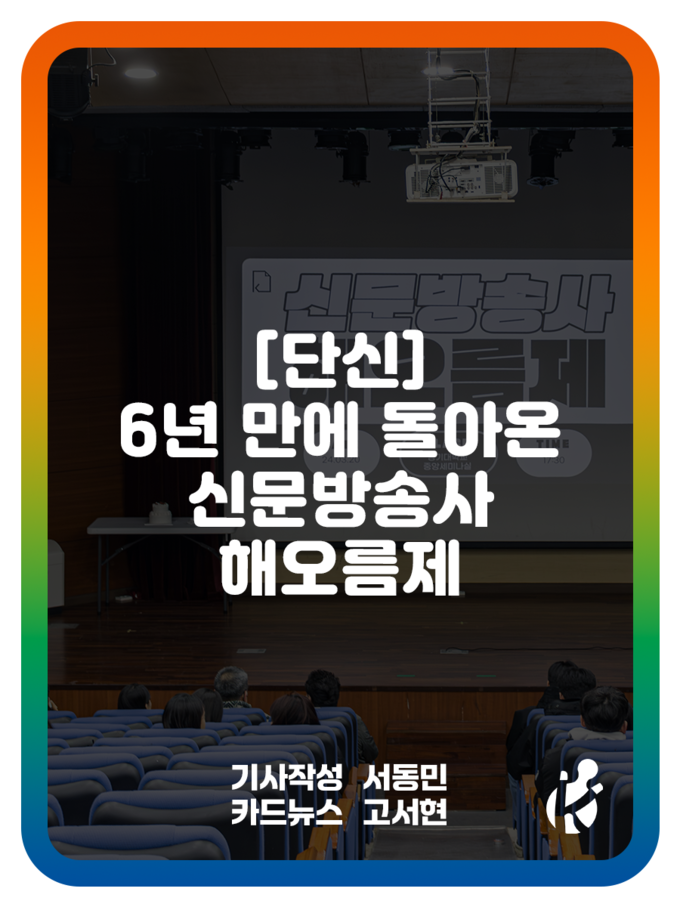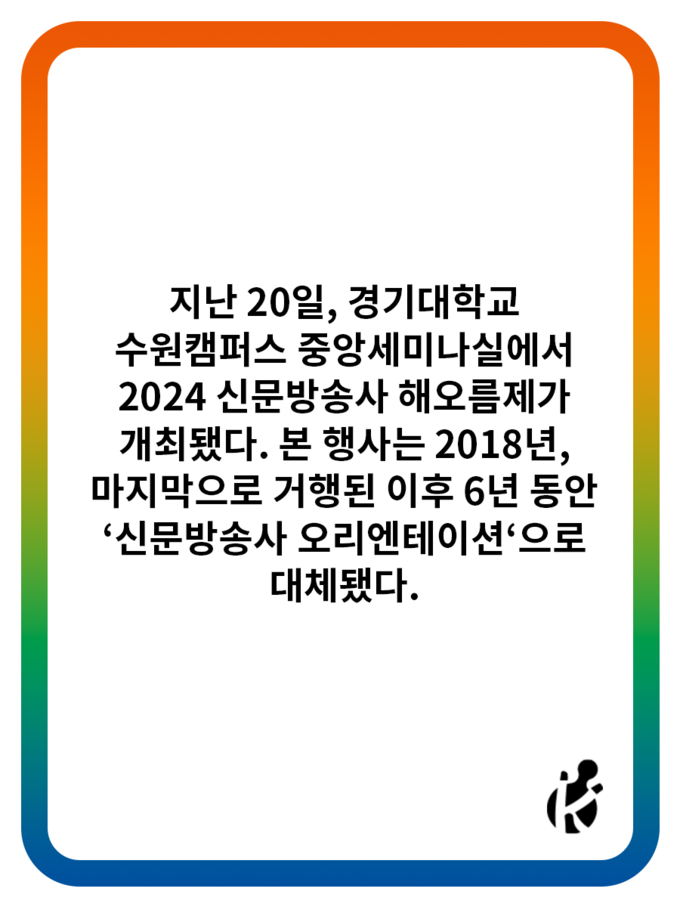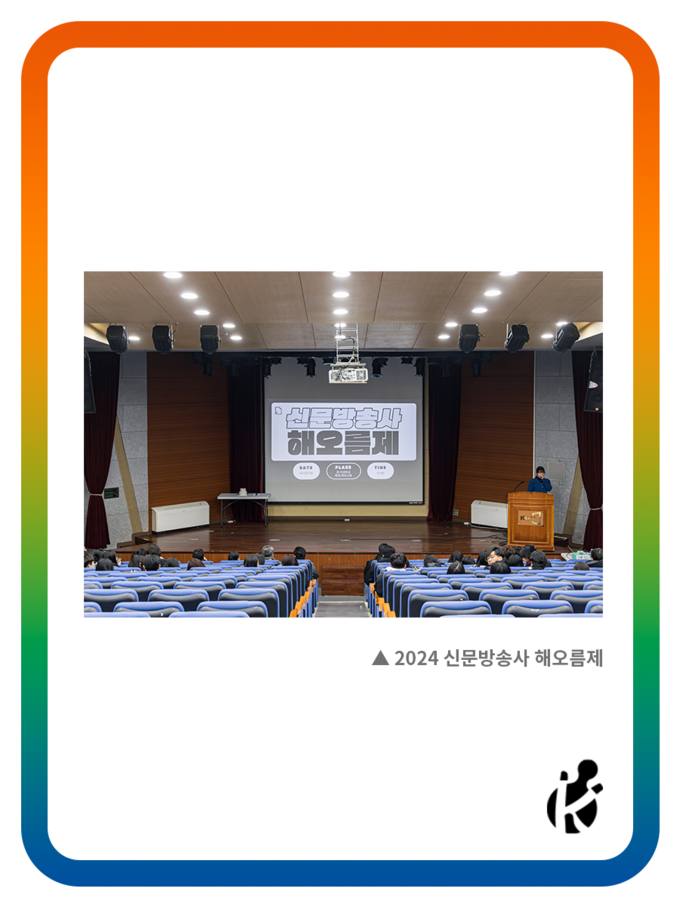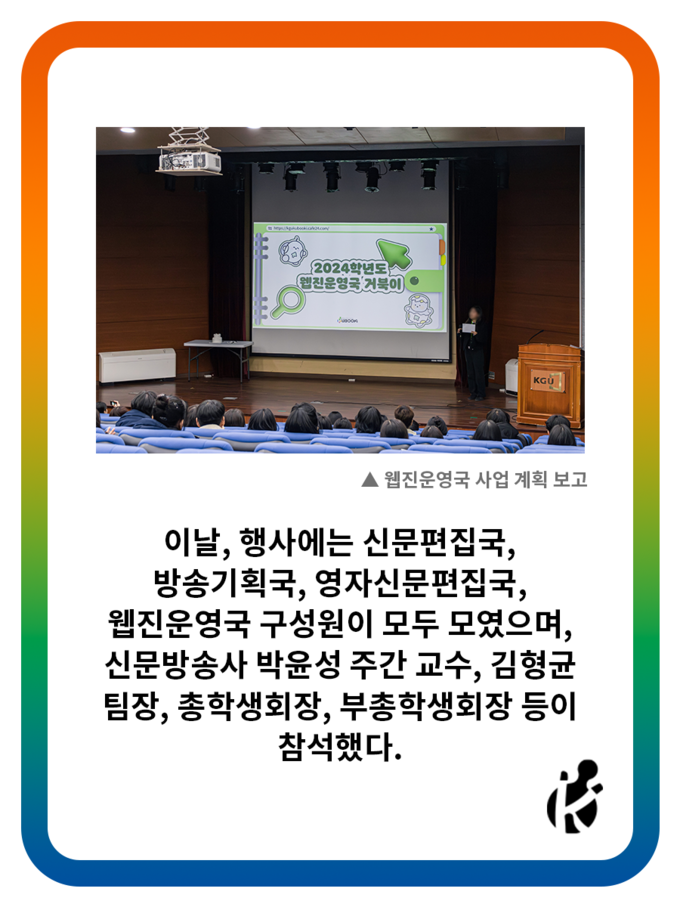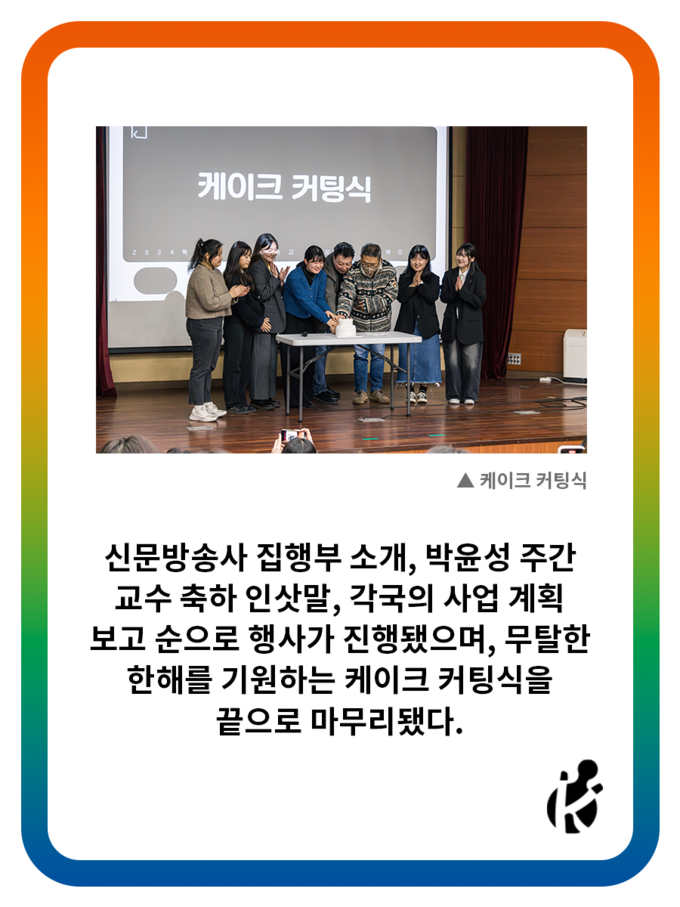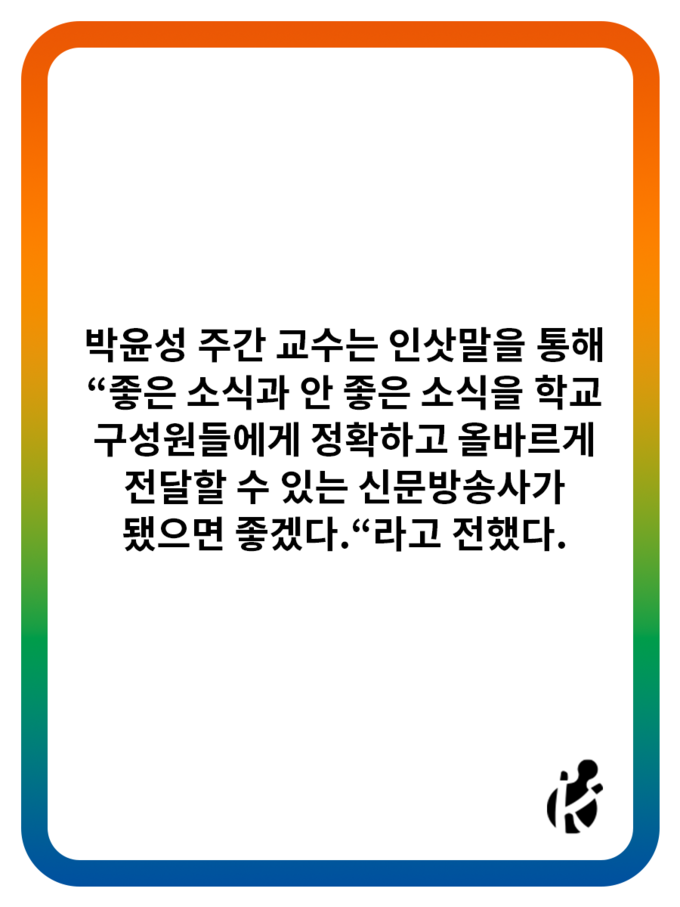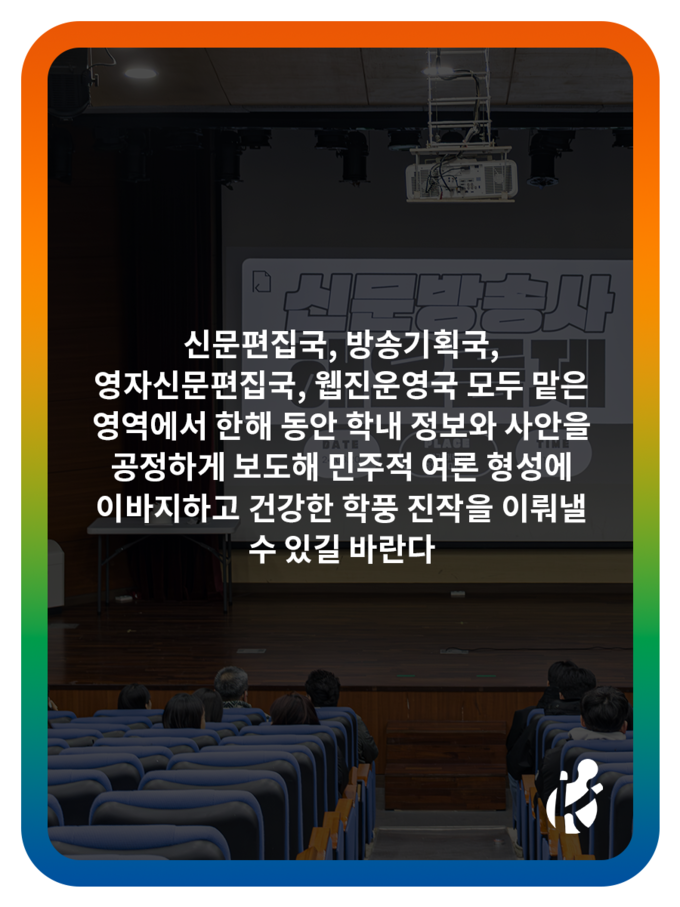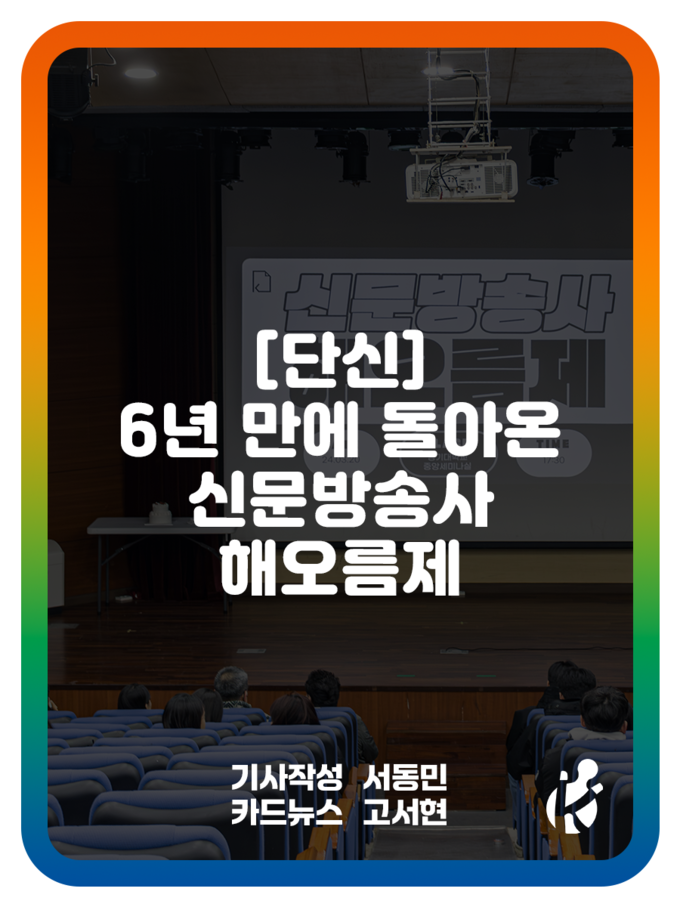Blue Was a Tragic Heroine for Everyone

When PANTON of the U.S. Color Research Institute selected Classic Blue as the color of 2020, it became a color that received attention, with blue-colored clothes appearing and dyeing the hair in blue. It is said that blue, loved by so many people today, was a color that was considered to be impure and was not used by artists in previous times. How on earth did blue come into fashion? The Pharos is going to look at the changes and records of human society with a focus on how the Western world mainly dealt with blue.
< Color that no one used >
From the beginning of mankind to the 12th century, blue was not used in man-made objects. In ancient and medieval Europe’s symbols and social dimensions, the two most important color sensations, shade and color depth, were mainly expressed in white, black and red. The ancient Greeks and Romans did not use blue, but the Germanic race and Celts produced the color from a type of plant membrane. The membrane came from the crucifer family of plants in Europe that grows in a temperate climate with a major pigment called “indigotin” concentrated on its leaves. However, the process of working to get blue dye was a complex and time-consuming process. Rome knew Indigo, but it was expensive and unpopular to bring from far away. Even until the 16th century in Europe, Indigo was imported in a stone form and was known as a kind of mineral. In addition, the raw material “Lapiszuli Rock” is blue in its natural state and only blue particles had to be extracted from among the many impurities. Over time, blue came to be seen in everyday life and clothes, but few words or names were associated with it. Thus, social perception and symbolism of the color was weak.
< New face in a pious atmosphere >
Since the 12th century, blue has not been as important or nameless in Western society as it was in ancient Roman times and the Middle Ages. With the change of social order and thought, not any particular event, blue quickly turned into an aristocratic and fashionable color. The blue fashions were particularly noticeable in clothing and spread to art-creation activities. It was in the 12th century that blue appeared in the outer garments and dresses of the Virgin Mary in paintings. Previously, only dark colors could be the color of the Virgin Mary’s costume, but thanks to dye-makers, dark blue became clear and bright and beautifully used. Also, the color was used in a painting in which a brave, loyal and faithful knight appeared, and in a colored illustration, blue was associated with the king. In addition, the Reformation created a regulation on color and it described blue as a blurry, gray color. Then blue came to be used as a “courteous” color at the end of the 16th century. By this time, the redblue axis had become an important element of the existing three-color system (white, black and red).
< Blue is Hollywood star >
As the popularity of red has grown in clothing and everyday life since the 18th century, blue is not only seen a great deal in cloth and clothing, but also is a color favored by Europeans. With the widespread use of Indigo, a natural dye, new methods of manufacturing synthetic pigments such as Prussian Blue were discovered. This allowed various blue colors to be used in the dyeing and painting fields. Especially, through the influence of Romanticism and the revolutions of the United States and France, blue came to be recognized as the color of dreams and freedom and showed political inclination. Blue became a favorite color for poets and scholars as its popularity increased further. Blue was central to Newton’s scientific revolution, the application of complementary and primary color theory, and in a newly formed color system. Blue became a beloved color in the fields of science, art and society.
Blue has become the color used to express one’s individuality and space and objects such as the sky and sea from a color that once had no meaning. Rather than simply being classified as warm or cold, blue can be seen as an ethical and sensual color. The word “blue” is used not only to describe color but also in products, by companies and for places to bring stability and make people dream. May each day be a peaceful day, like blue, which is believed to bring spiritual peace in a timeless hue.
Planning Editor•KIM JIN•coo0714@naver.com
- TAG
-
 What Happened in KGU? : 수원캠퍼스 학생총회 편
On April 4th, a general meeting of students was held in the Tele-convention center at the Suwon campus. The contents were the same as the general meeting of students in the Seoul campus: the first part was for agenda announcement, the second part was about the Membership Training for whole university, and the third part was simple Q&A time. In the first part, the agendas were all the same as the ones for the Seoul campus, and the result of the ...
What Happened in KGU? : 수원캠퍼스 학생총회 편
On April 4th, a general meeting of students was held in the Tele-convention center at the Suwon campus. The contents were the same as the general meeting of students in the Seoul campus: the first part was for agenda announcement, the second part was about the Membership Training for whole university, and the third part was simple Q&A time. In the first part, the agendas were all the same as the ones for the Seoul campus, and the result of the ...

 [1100호 축사] 경기대 역사의 寶庫 경기대신문의 1100호 발행을 축하드립니다
[1100호 축사] 경기대 역사의 寶庫 경기대신문의 1100호 발행을 축하드립니다
 [와이파이] 큰 박스에 달랑 물건 하나, 과대포장 규제 정책 시행은 언제쯤
[와이파이] 큰 박스에 달랑 물건 하나, 과대포장 규제 정책 시행은 언제쯤
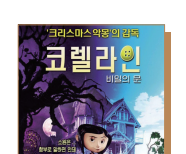 [문화산책] 이 세계는 멋져 보이지만 모두 환상이야
[문화산책] 이 세계는 멋져 보이지만 모두 환상이야
 [진리터] 1100호가 우리의 종착지는 아니니까
[진리터] 1100호가 우리의 종착지는 아니니까

 목록
목록








